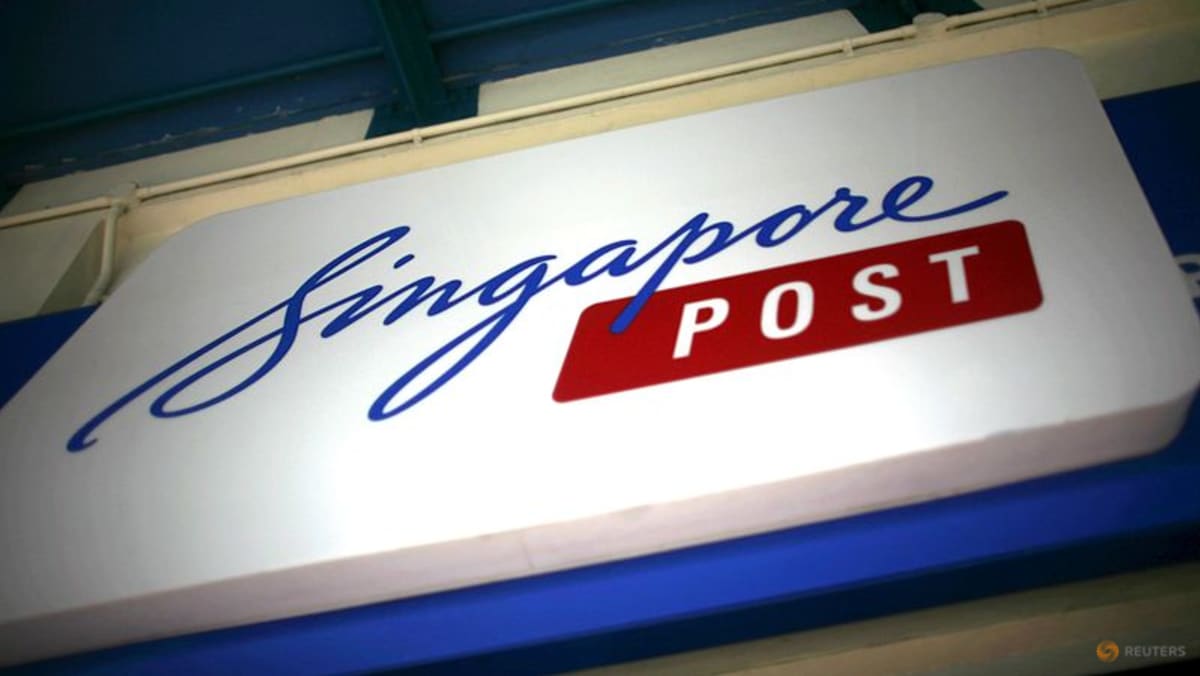SEATTLE :Ending the strike only stemmed the bleeding at Boeing. Now, CEO Kelly Ortberg, just three months into the job, is faced with repairing a divided, demoralized, and drifting American corporate icon.
More than 33,000 factory workers in the U.S. Northwest will trudge back to work over the next week after they voted by a slim margin to accept Boeing’s third contract offer, ending a seven-week strike that brought Ortberg’s honeymoon at Boeing to a shuddering halt.
The strike has exposed divides that run right through the company, not just between the board and machinists, but also rifts within the union membership and resentment between white-collar staff and factory workers, according to interviews with more than 20 people with knowledge of Boeing’s operations, including current and former senior officials, suppliers, union leaders and plant workers.
These fractures could hamper and delay a host of urgent issues facing Ortberg and his leadership team, including restoring plane production, restructuring Boeing’s floundering defense and space business, and shoring up a supply chain creaking under the weight of years of safety and production crises at Boeing and a crippling pandemic, the people said.
That’s before Boeing gets to what could be Ortberg’s defining moment: preparing a successor to the 737 MAX, a jet that has been a best-seller with airlines but has also become synonymous with the company’s struggles in recent years.
In a memo to staff shared with reporters late on Monday, Ortberg recognized there was much work to do but stressed the company would “only move forward by listening and working together”.
Boeing declined to comment for this story, beyond Ortberg’s memo.
Winning back the confidence of workers, investors and customers will be a challenge after weeks of strike negotiations that have been characterized by missteps and miscalculations, according to Boeing managers, union leaders and factory workers.
Boeing’s leadership underestimated the anger among its workers who have seen their wages lag inflation over the last decade, overlapping with a period in which the company used tens of billions of dollars for share buybacks and record executive bonuses.
Boeing has said in the past that the buybacks were justified by strong demand for its products.
After rejecting two previous offers, only 59 per cent of Boeing union members voted to accept Boeing’s latest offer, which included a 38 per cent wage increase over four years, meaning thousands of workers will return to assembly lines unhappy with the new contract.
The machinists “have been there a long time and felt taken advantage of by management,” said Bill George, former Medtronic CEO and executive fellow at Harvard Business School. “The number one issue now is separation of management from the people.”
It’s all the more surprising Boeing was caught on the backfoot by the depth of the discontent, given leaders had begun war-gaming a possible strike by the International Association of Machinists and Aerospace Workers (IAM) at least a year ago when former CEO Dave Calhoun was still in charge, two people familiar with the matter said.
When he joined in August, Ortberg called for a “reset” of relations with Boeing’s largest union but was forced to rely at least in part on a negotiating strategy inherited from his predecessor, they added.
“It’s really easy to be critical of the guy, but I don’t think its fair because he hasn’t been there very long,” said Ron Epstein, Bank of America analyst. “The negotiations team was working on this at least for months before he showed.”
ORTBERG UNDER FIRE
At the outset of the strike, local IAM leader Jon Holden and factory workers were reluctant to lay blame at Ortberg’s door, given he inherited a company already in crisis after a panel blew off a 737 MAX jet in midair in January.
Ortberg, 64, had won favor among workers in the Puget Sound region by moving to Seattle and pledging to work more closely with the rank-and-file than his much-maligned predecessors.
But Ortberg, who was later criticized by Holden for being largely absent during weeks of intense strike negotiations, increasingly became a lightning rod for workers’ anger.
“He came in and talked about changing the culture. He’s not changing the culture at all,” said Cory Thompson, a 47-year-old paint-quality inspector in Boeing’s vast Everett factory.
“He’s no different from the last CEO and the one before.”
Last week, Ortberg did personally attend strike negotiations, according to Brandon Bryant, president of IAM district W24, which represents around 1,300 striking Boeing workers that produces flight-critical parts in Portland, Oregon.
Bryant, who was present at the meeting, told Reuters Ortberg’s presence helped clinch the deal during a three day blitz at the Department of Labor’s Seattle offices.
At first, Ortberg played hardball, telling the union to vote again on the same contract offer that 64 per cent of members had already rejected, Bryant said.
After Bryant and Holden refused, Ortberg agreed to up Boeing’s wage increase to 38 per cent over four years, compared to 35 per cent previously, and increase a ratification bonus to $12,000.
Ortberg hinted that if this offer was rejected then the company would do “something different”, which Bryant said he took as a threat that Boeing could start making its offers worse.
Holden warned members ahead of the latest successful vote that Boeing could start taking things away in the next offer if they didn’t accept this one, an echoing ultimatum that some workers said eroded trust in the union leadership itself.
“They undermined us from the beginning,” Andre Johnstone, a materials manager at the Everett plant, told Reuters shortly after voting against the latest contract.
Raw feelings are not uncommon in the immediate aftermath of a labor dispute and Ortberg hopes the company will now re-unite.
But the rancorous relationship between Boeing’s boardroom and its factory workers in Seattle now risks seeping through other parts of the company, current and former staff said.
The return to work of machinists in Seattle contrasts with thousands of layoff notices due in coming days, after Ortberg announced last month plans to cut Boeing’s workforce by 10 per cent.
A non-union Boeing employee waiting for the outcome of a ranking exercise known as “rack and stack” called the IAM members’ hard line on the strike “gut-wrenching”.
“Do they want to sabotage the company’s future? Are they pushing Boeing into bankruptcy?” he said.
Others say the IAM deal could start a cascade of salary claims from other production workers, and rekindle union efforts to sign up support in South Carolina, where Boeing set up a 787 factory following the previous 58-day IAM stoppage in 2008.
“It clearly puts pressure on management in other parts of the business because the workforce will look at what IAM is achieving as a result of being unionized,” another Boeing insider said, asking not to be identified on internal matters.
Internal distractions also risk delaying important decisions as Boeing aims to sell some loss-making units of its space and defense business, two sources with knowledge of the matter said.
During the strike, Reuters reported that Boeing’s executive suite was too busy and understaffed to speed up the divestitures in the space and defense unit.
PRODUCTION TEST
The union deal came days after Boeing raised an unexpectedly hefty $24 billion to prop up its depleted finances.
But a longer-term fix such as renewing the all-important 737 franchise to close a gap with Airbus’s hot-selling A321neo may need a deeper effort.
“Effectively, remaining in business has consumed their ability to raise capital and they have not been left with much leeway to raise more to develop a new airplane later,” said Nick Cunningham, an analyst at investment research group Agency Partners.
Winning the space to generate or raise the funds for a new jet is Ortberg’s medium-term challenge, he said. “The nearer-term one is making factories work more efficiently and safely.”
In the meantime, it urgently needs to start bringing cash back into the business, and that means ramping up production of the 737 MAX, Boeing’s cash cow.
Boeing has signalled it will move at a deliberate pace. It is anxious to avoid any mishap that might rock the confidence of investors, regulators or the public following the litany of setbacks it has suffered during a wretched year, sources said.
The timing is mired in uncertainty after dozens of companies that make parts for the plane furloughed or laid off staff during the strike.
“It’ll be a good test of our new CEO,” said Bartley Stokes Jr, 40, a second-generation Boeing mechanic who works on 767s at the Everett factory.
“I’m worried they aren’t going to have a good plan.”













